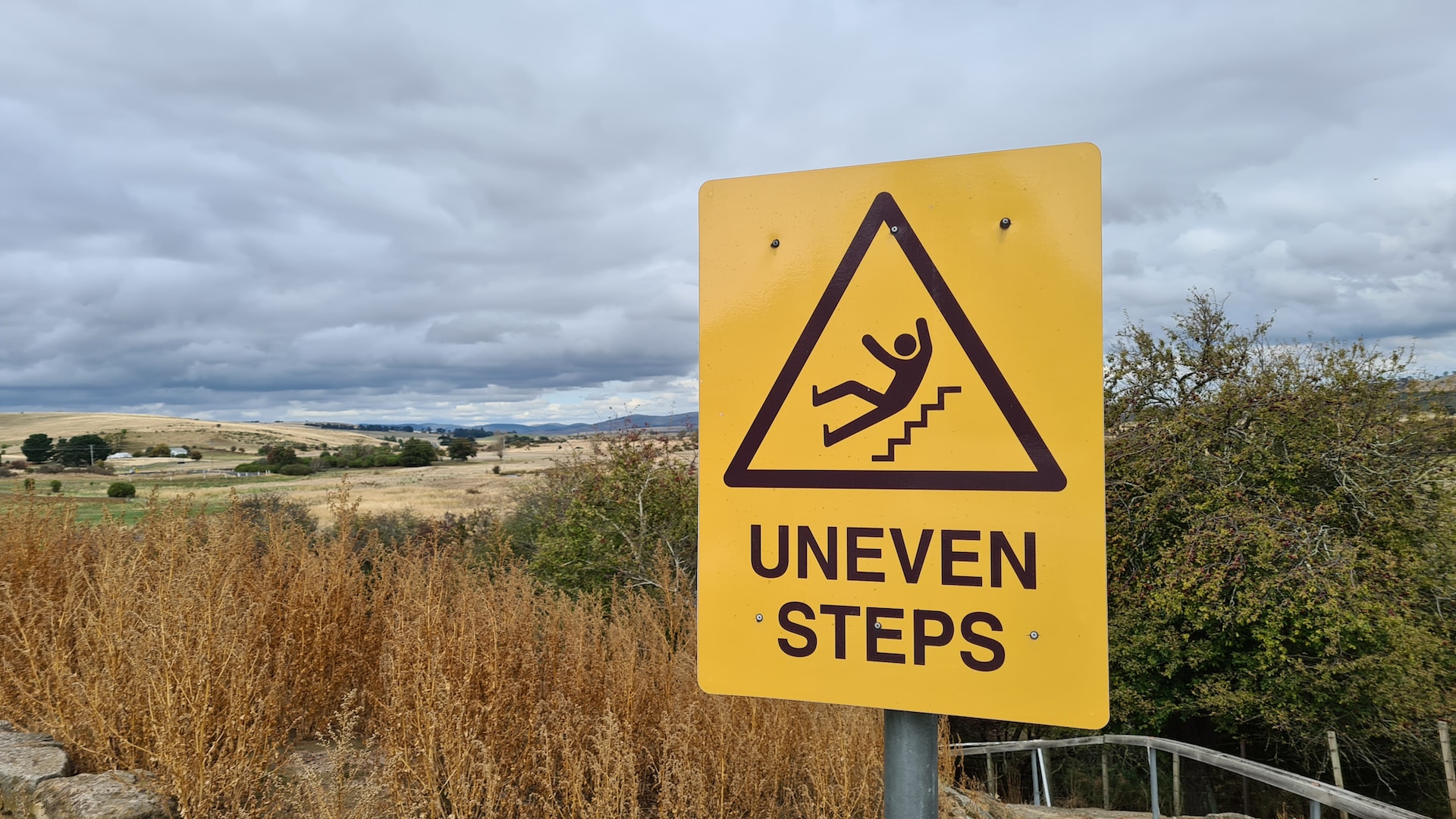Contents of this Post
ToggleSlip and fall accidents are a common cause of injury in the U.S. for which over one million Americans require emergency hospital treatment each year. If a person is injured on someone else’s property they may be legally entitled to bring a slip and fall personal injury claim against the owner of the property on the basis that they failed to safely maintain it for the public or address hazards or dangerous conditions that led to the slip and fall accident.
While this may seem straightforward, in reality, the defendant’s insurance company or legal team will likely put forward arguments to counter a claim, in an attempt to avoid or limit their liability. In this article, we will look into two legal concepts that can affect the outcome of a slip and fall personal injury case.

Comparative Negligence
In a slip and fall personal injury claim, it is common for the defendant to admit liability but also assert that the plaintiff was partially responsible for the accident themselves. This is known as the doctrine of ‘comparative negligence’ and if pleaded successfully, will reduce the quantum of damages the defendant must pay to the plaintiff. This reduction is based on the level of blame assigned to the plaintiff for the accident.
For example, if the plaintiff slipped and fell on a slippery surface while sending a message on their phone, it may be argued that they were negligent in their actions, and had they been more aware of their surroundings at the time, the accident could have been avoided. In this instance the court may apportion 25% of the responsibility to the plaintiff, reducing their damages accordingly, to 75%. It should be noted that there are different types of comparative negligence, and the application of this doctrine will differ from state to state. These are as follows:
- Modified comparative negligence (50% rule): Also known as the ‘50% bar rule’, under this application of the doctrine, a plaintiff is precluded from recovering compensation if they are more than 50% responsible for the accident. Some of the states that follow this rule include Arkansas, Idaho, Kansas and North Dakota.
- Modified comparative negligence (51% rule): Under this rule the plaintiff cannot recover damages if they are found to be 51% or more at fault for the accident. States including Connecticut, Hawaii, Massachusetts, and Wyoming apply this rule.
- Pure comparative negligence: under this rule, the plaintiff can recover damages even if they were 99% responsible for the accident as they will still be entitled to collect damages for the 1% they were not. Currently, there are 12 states where this rule is applied, including Alaska, California, Mississippi, and Washington.
It is advisable to consult with an experienced slip and fall accident lawyer to understand the law in your state.
Contributory Negligence
This doctrine demonstrates a stricter application of the law as it prevents the plaintiff from recovering any damages if they are found to bear the slightest responsibility of fault for the accident. This application of the law is followed by Alabama, Maryland, North Carolina, Virginia, and the District of Columbia.
Before bringing a slip and fall personal injury claim it is helpful to understand your level of responsibility for the accident, if any, as this may limit your entitlement to compensation or bar it altogether.
